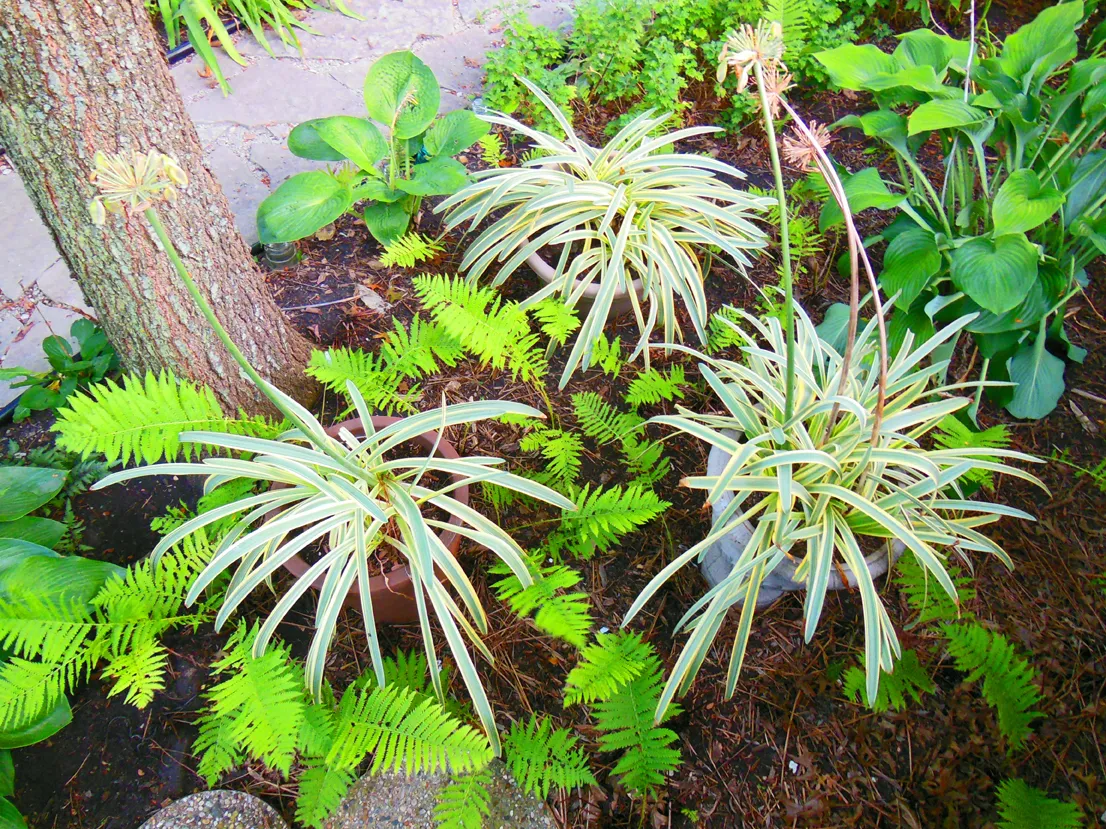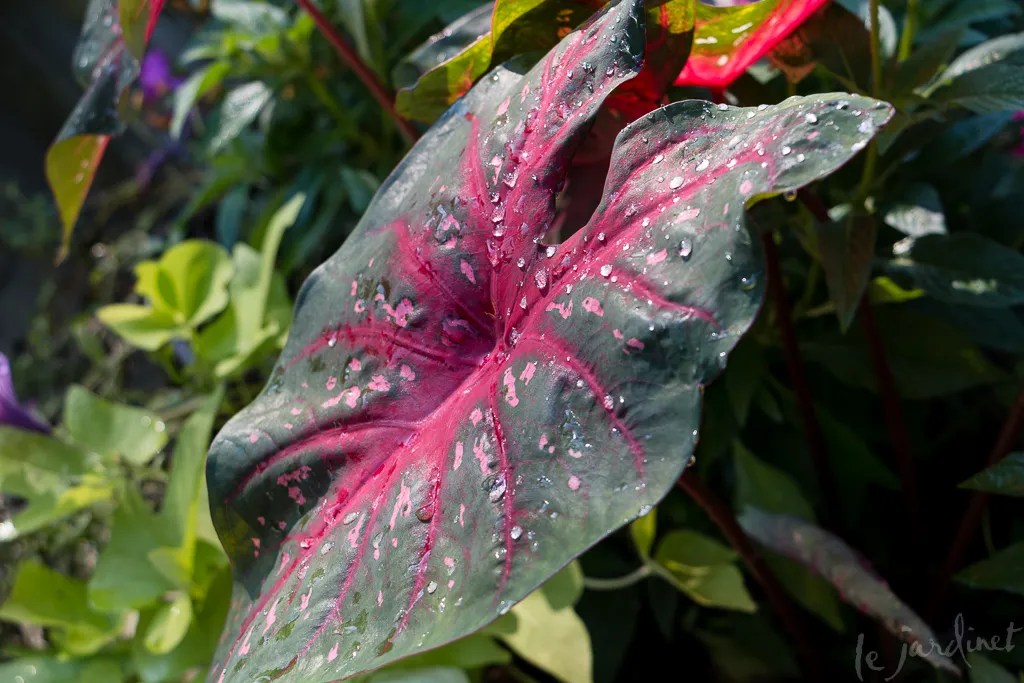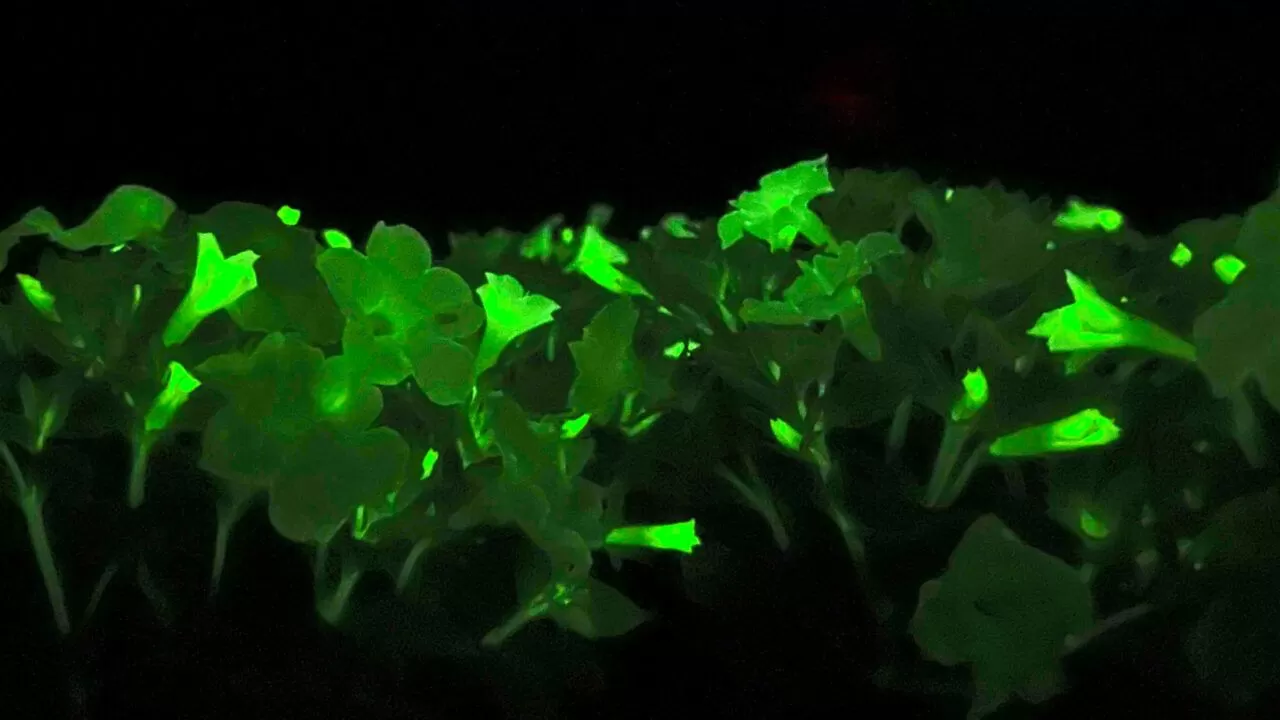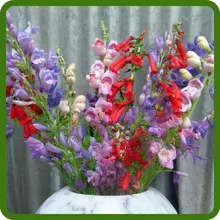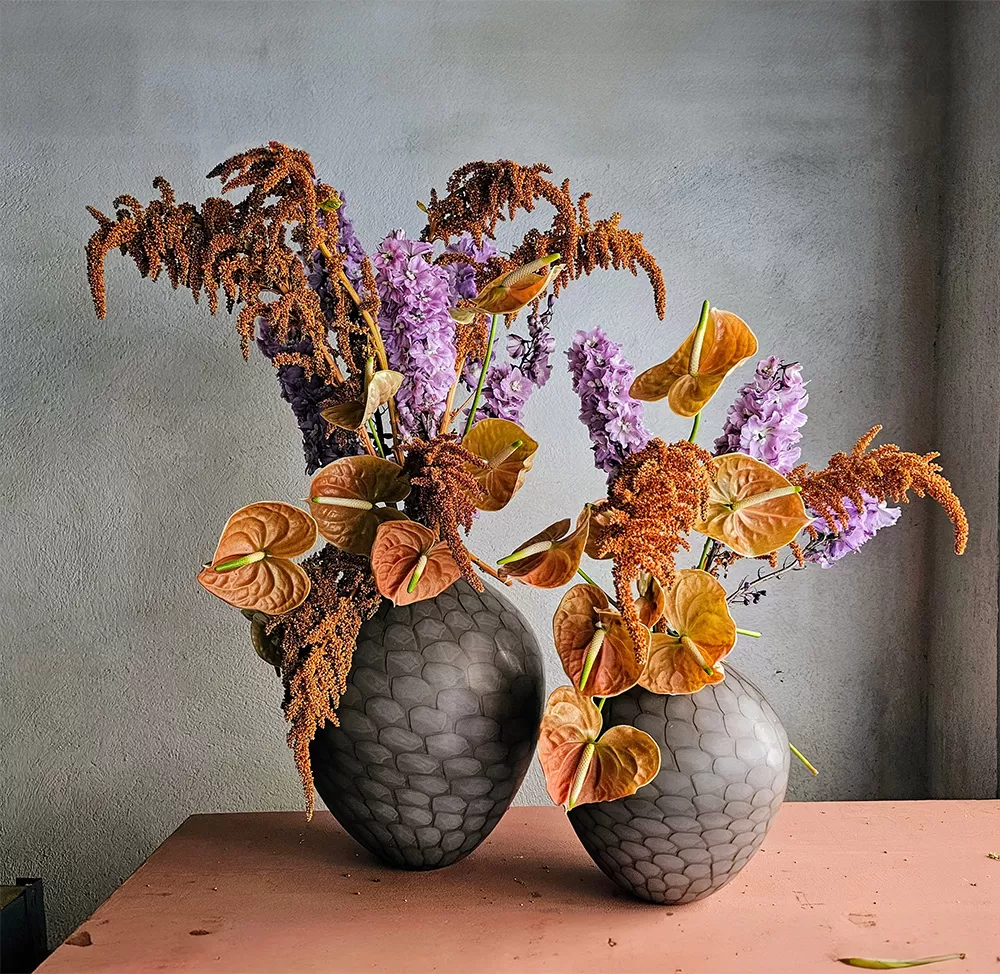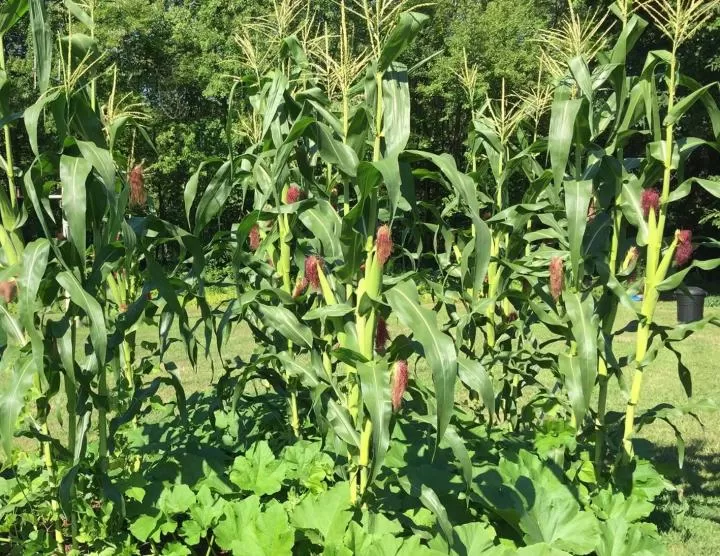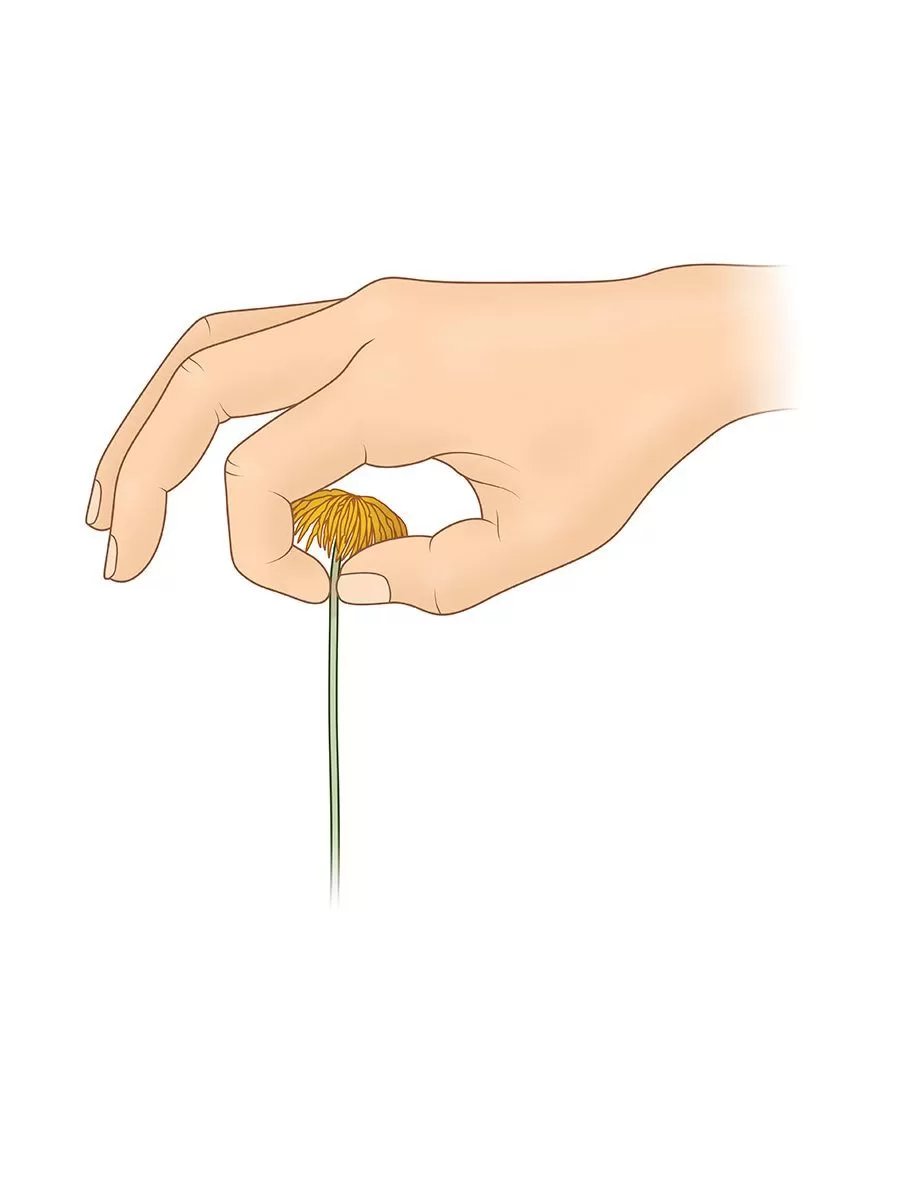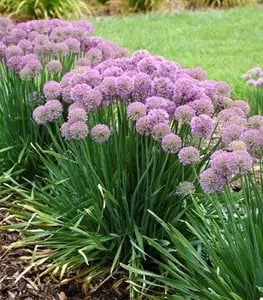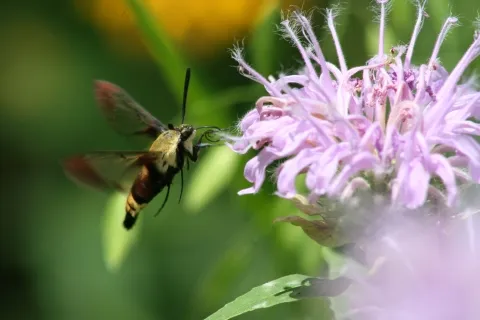Growing sweet peas is one of life’s simple gardening joys. Their intoxicating fragrance and delicate, colorful blooms bring cheer to any space. But to truly unlock their potential and enjoy an abundance of flowers, you need to give them something to climb! That’s where a sweet peas trellis comes in. Providing the right support early on makes all the difference between vines rambling along the ground and vigorous climbers reaching for the sky. Let’s explore how to set your sweet peas up for climbing success.
Key Takeaways:
- Sweet peas are natural climbers and need support to thrive.
- Trellises, obelisks, netting, or fences are great options.
- Guiding young vines onto the support early prevents sprawling.
- Simple materials like garden twine and stakes can help secure tiny plants.
- Proper support leads to healthier plants, more blooms, and easier harvesting.
Sweet peas (Lathyrus odoratus) capture the hearts of gardeners with their old-fashioned charm and delightful scent. These vigorous annuals don’t just grow; they climb. Left to their own devices, they’ll sprawl across your garden beds, making them vulnerable to pests and diseases, and reducing their flowering potential. The secret to a stunning display of sweet peas is giving them a sturdy structure to twine around – a sweet peas trellis, obelisk, or netting. It’s a crucial step that ensures a prolific bloom season and keeps your garden tidy and beautiful.
Contents
Why Your Sweet Peas Need a Trellis
Think of a trellis as a ladder for your sweet peas. Climbing allows them to access more sunlight and better air circulation, which are vital for healthy growth and abundant flowering. Keeping the vines off the ground also helps protect them from soil-borne diseases and makes it harder for ground-dwelling pests like slugs and snails to munch on tender new growth. Plus, growing vertically saves valuable garden space and makes it much easier to harvest those beautiful blooms for bouquets.
Choosing the Right Support for Sweet Peas
The good news is sweet peas aren’t too picky about what they climb, as long as it offers enough points for their tendrils to grip. Popular options include:
- Obelisks: These free-standing structures add architectural interest to your garden and allow sweet peas to climb upwards from multiple sides. They work well in pots or beds.
- Traditional Trellises: Flat panels, often made of wood, metal, or plastic, placed against a wall or fence.
- Netting: Pea netting or other types of garden netting provide a flexible and often inexpensive option. Make sure it’s strong enough to support the mature weight of the vines.
- Fences or Arches: Utilize existing garden structures to create living walls or tunnels of fragrant blooms.
No matter what you choose, ensure the support is tall enough – sweet peas can easily reach 6 feet or more! Install your chosen structure before planting your sweet pea seedlings or as soon as germinated seeds begin to sprout. This prevents disturbing their roots later on.
Guiding Young Sweet Pea Vines onto the Trellis
This is often the trickiest part! Young sweet pea seedlings can be a bit hesitant to latch onto a large structure, especially if the lowest crossbars are high off the ground. They might seem content to just sprawl sideways. Gently encouraging them early on is key.
Wait until your sweet pea plants are a few inches tall and have developed their first tendrils. Then, carefully guide the main stem towards the base of your chosen support. Sometimes they’ll grab on by themselves, but often you need a little help.
Simple Technique for Initial Guidance
You’ll need a few basic gardening supplies to lend your sweet peas a helping hand:
 Materials to Secure Sweet Peas
Materials to Secure Sweet Peas
- Garden Twine: Natural fiber twine is ideal as it’s gentle on stems and biodegradable.
- Small Stakes: Irrigation stakes, bamboo skewers, or even sturdy twigs work well.
If your support has vertical legs or posts, you can directly tie the plants to these. Always tie the twine to the support first, and then loosely loop it around the sweet pea stem. Trying to tie the twine tightly around both the plant and the support at once can easily crush the tender stem. A loose figure-eight loop allows the stem room to grow.
 Secure Sweet Pea to Obelisk Leg
Secure Sweet Pea to Obelisk Leg
For plants positioned away from the vertical supports, like those in the middle of an obelisk, you need to create a guide wire. Push a small stake firmly into the soil right next to the plant. Tie a piece of twine from the stake up to the nearest horizontal bar of your trellis or support. Now, you have a vertical line for the sweet pea to follow. You can then use smaller pieces of twine to loosely tie the plant to this guide wire, helping it find its way upwards.
Ongoing Care as They Climb
Once your sweet peas are happily latching onto the support, you’ll find they mostly take care of themselves. Their natural tendrils are excellent at gripping. You usually won’t need to keep tying them. However, as they grow taller, keep an eye out for any vines that might start to wander away from the trellis. Gently tuck these wandering stems back in behind the supports. This simple act encourages them to continue their upward journey and keeps the structure looking full and lush. Regular deadheading (removing spent flowers) will also encourage more blooms!
Common Challenges and Tips
Even with the perfect sweet peas trellis, you might encounter a few bumps in the road. Pests like slugs and snails adore tender sweet pea leaves. Organic slug bait or manual removal can help. Unpredictable weather, like sudden temperature swings, can sometimes cause bud drop, where flower buds form but fail to open. While you can’t control the weather, ensuring healthy plant growth through proper watering and feeding can make them more resilient. Don’t get discouraged – gardening is always a learning process!
About Sweet Peas
- Scientific Name: Lathyrus odoratus
- Common Name: Sweet Pea
- Zone: Typically grown as annuals in most climates, but can be perennial in zones 7-10.
- Light: Full sun (at least 6-8 hours per day).
- Humidity: Prefers moderate humidity.
- Water: Needs consistent moisture, especially while establishing and flowering. Avoid letting soil dry out completely.
Conclusion
Providing a sweet peas trellis or other sturdy support is fundamental to cultivating these fragrant beauties successfully. It promotes healthier growth, increases bloom production, and makes your garden a more enjoyable place to be. By gently guiding the young vines and offering ongoing support, you’ll be rewarded with months of delightful fragrance and color climbing upwards.
Have you had success growing sweet peas on a trellis? Share your tips and experiences in the comments below! Or browse our other articles for more home garden inspiration.








